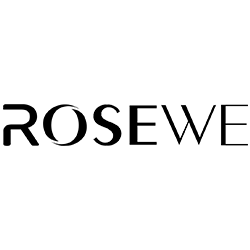California falls near the bottom of the list in a new report from the Centers for Disease Control and Prevention looking at the equitability of COVID-19 vaccine distribution.
California is ranked among the five worst states — along with Kansas, Maryland, Idaho and New Hampshire — in distributing shots to the communities that have seen the worst infection rates during the pandemic.
The report published Wednesday used data on vaccine coverage — the number of people who had received at least one dose — in the first two-and-a-half months of the U.S. vaccine rollout, from Dec. 14, 2020 to March 1, 2021. At this time, the CDC data revealed that 51,873,700 people across the country received at least one dose. Analysis looked at how many of those people who were vaccinated lived in communities identified as vulnerable by the CDC’s social vulnerability index, which is calculated using 15 indicators including area poverty, household demographics and minority status.
A state-level analysis examined data from 49 states and the District of Columbia, and found that Montana and Arizona have so far done the best job in getting the vaccine to racial and ethnic groups that have been disproportionately affected by the pandemic and people who are economically and socially disadvantaged.
The CDC report looked at data before California kicked off its program to focus vaccine efforts in the most vulnerable efforts. In early March, the state began sending 40% of all vaccine doses to residents of 400 zip codes identified as being the most vulnerable according to California’s “Healthy Places Index,” which is based on metrics such as household income, education level and access to health care.
At the time of the announcement, the state had implemented 1.6 million vaccines in these ZIP codes. Last Friday, officials said 2 million more shots had been issued in these low-income areas.
Ten of the ZIP codes are in the nine-county Bay Area, with three in Alameda County, one in Contra Costa, two in San Francisco and four in Solano County. But although the Bay Area accounts for 20% of the state population, only 2% of Bay Area residents fall under the affected ZIP codes identified by the new equity metric.
More than a dozen local legislators and dozens of groups signed a letter to the state calling for more vaccines. The letter pointed out that most of the prioritized ZIP codes were in Southern California, with 79 in Los Angeles County and 39 in San Bernardino. However, no ZIP codes in Santa Clara, San Mateo, Marin, Sonoma and Napa were included.
“The formula excludes ZIP codes in the Bay Area that have infection rates that are nearly twice that of the state’s overall rate,” the letter read. “This is clearly not an equitable approach to vaccine distribution and one that is completely disadvantaging the Bay Area. This is a matter of life and death for our community. This plan needs to be restructured and recalibrated immediately.”
Despite the pushback from Bay Area lawmakers, Gov. Gavin Newsom told KQED on Friday he’s sticking to the plan.
“We’re committed to the 40% overlay because it’s the right thing to do,” Newsom said. “It’s not only the right thing to do, you’ve got to look at the disease burden. It’s been overwhelming in the lower quartile. It’s been overwhelming in communities of color, underserved communities. And so we have a moral obligation. And I would also argue that obligation as it relates to our economic recovery, to address those that have been disproportionately impacted, that we also disproportionately rely on as essential workers in terms of the vaccination protocols.”


